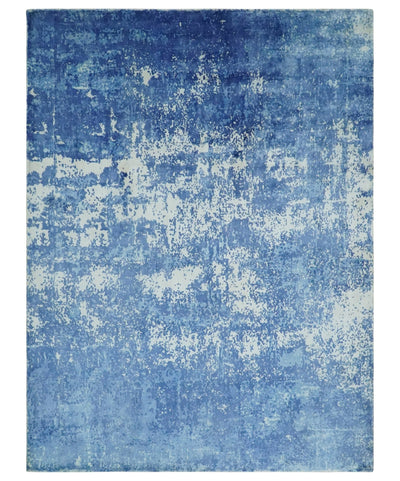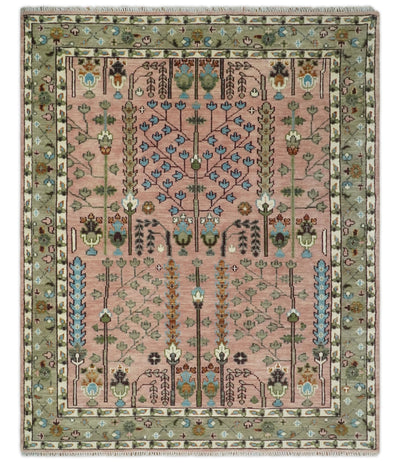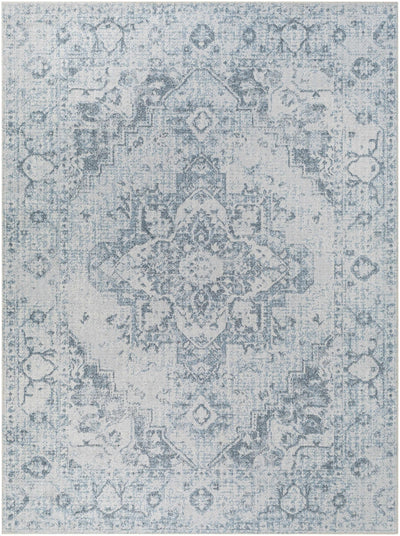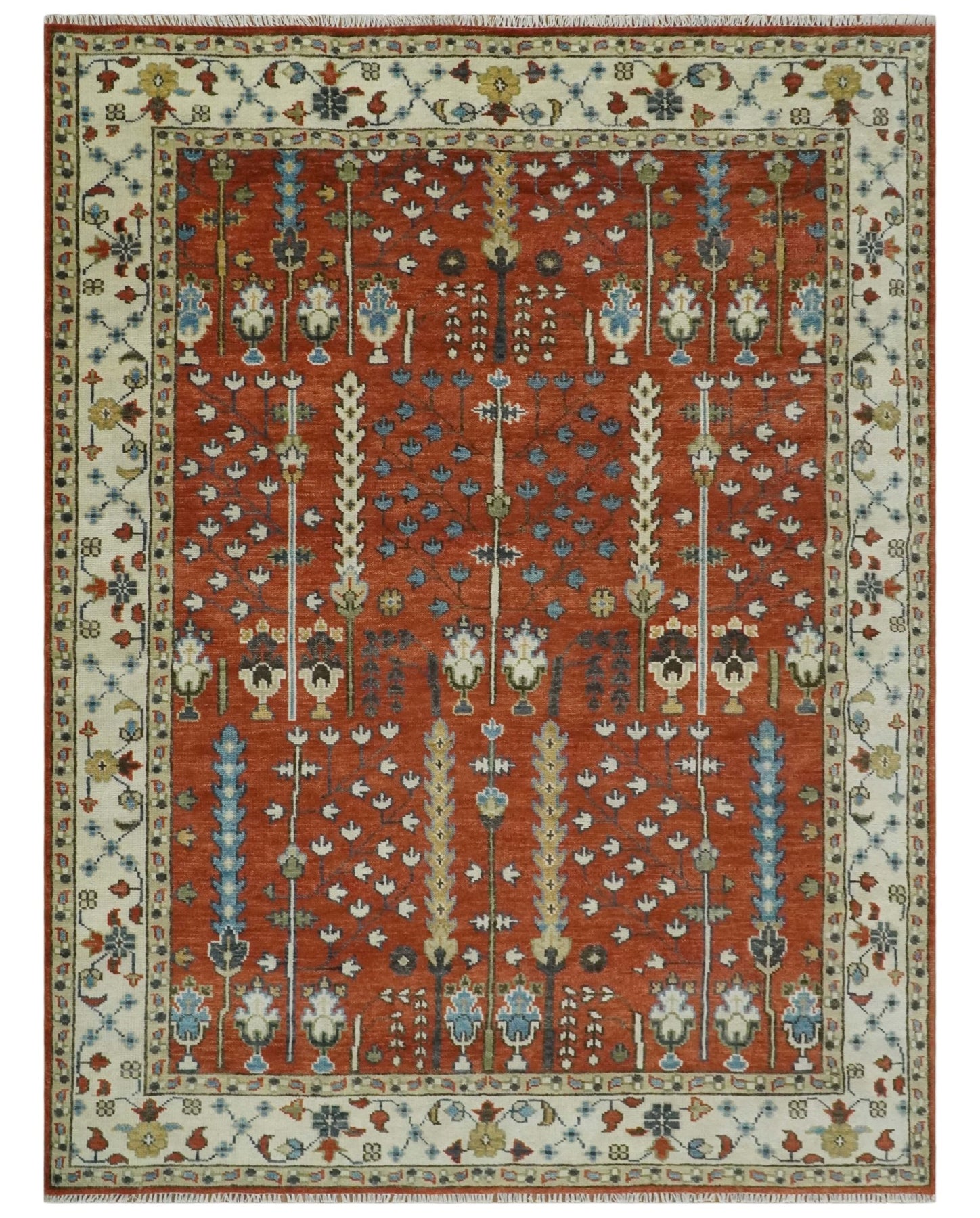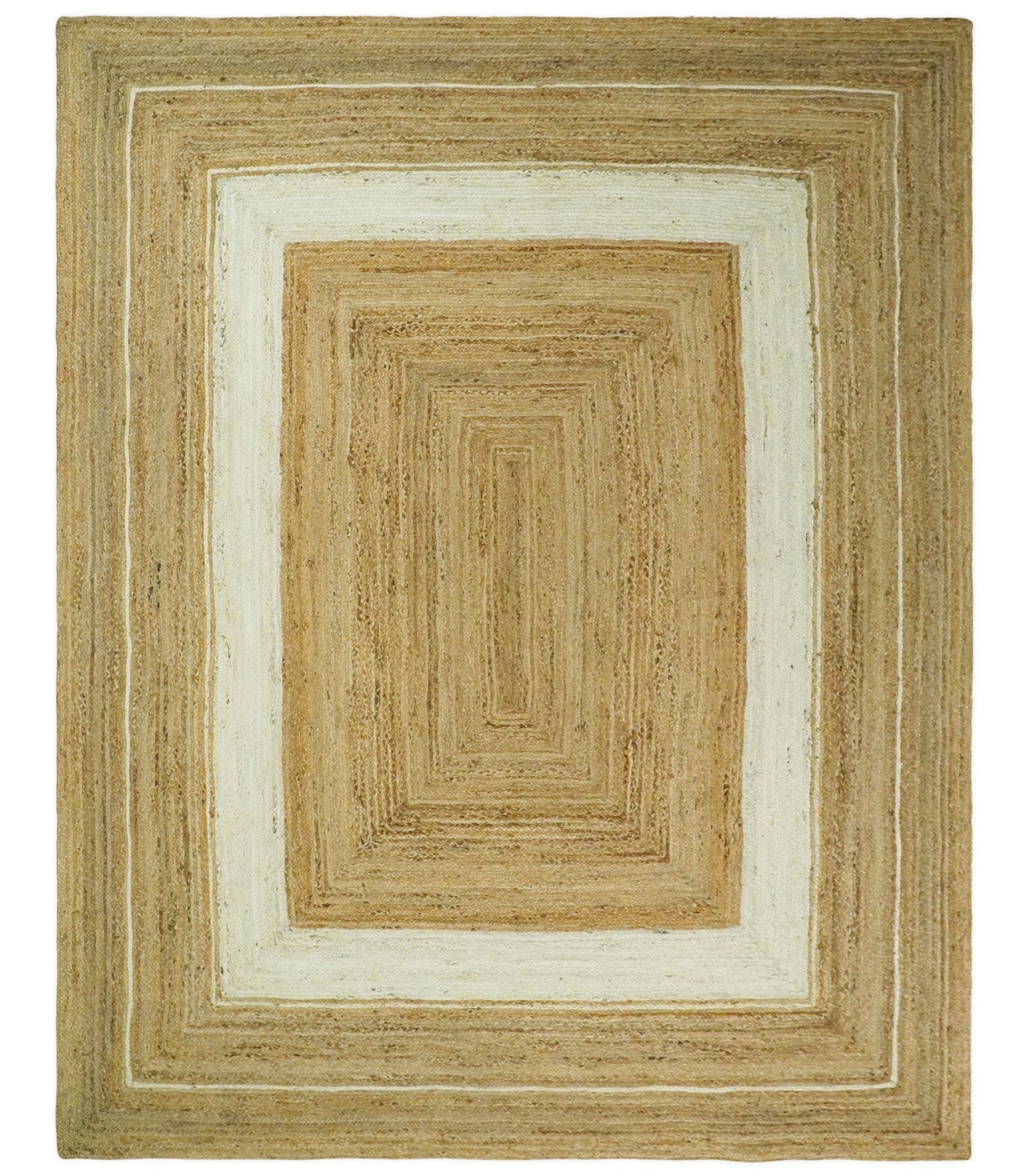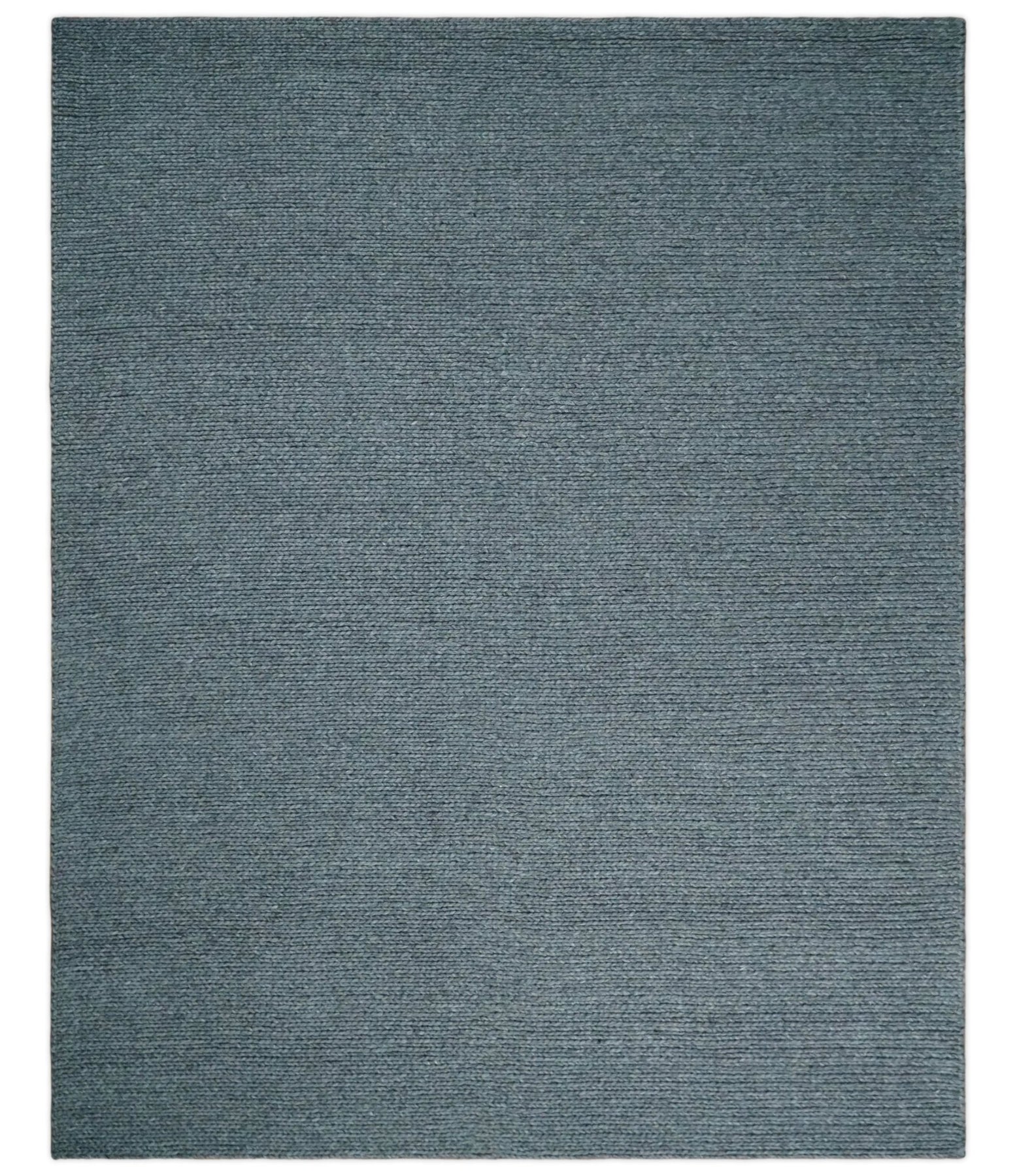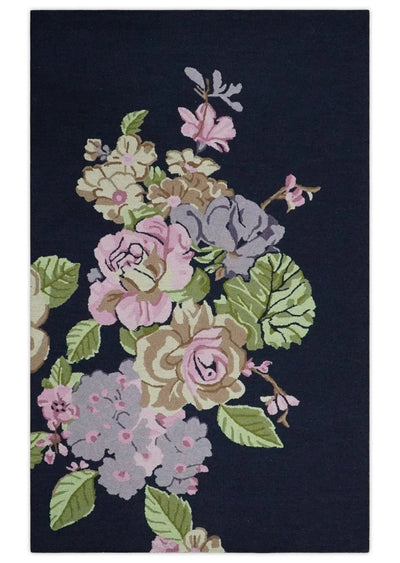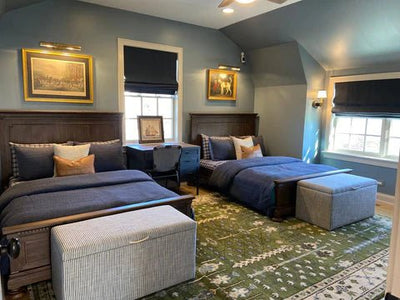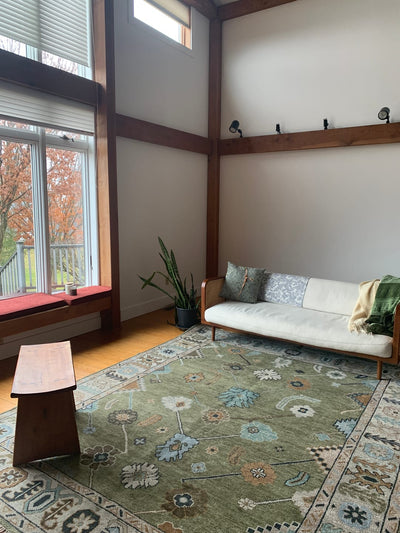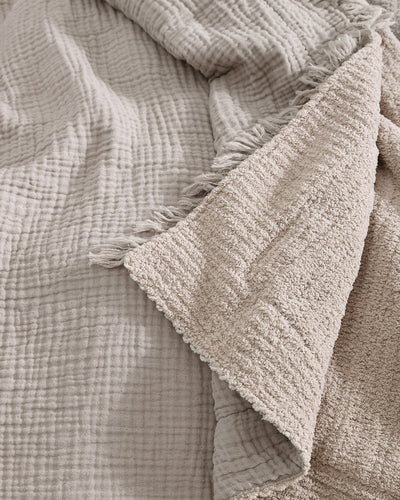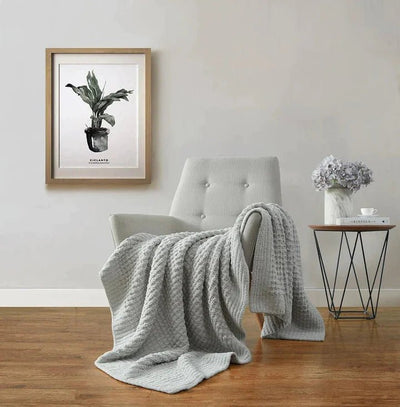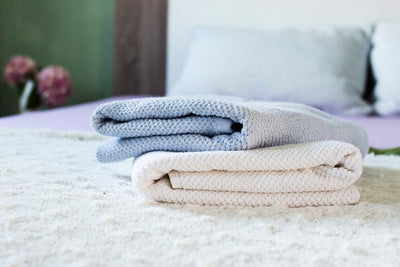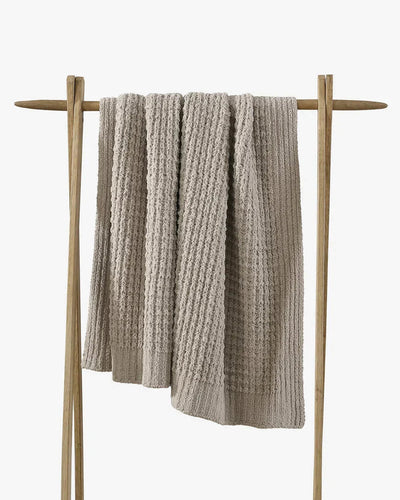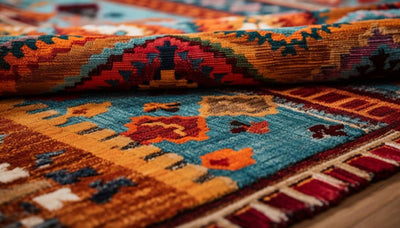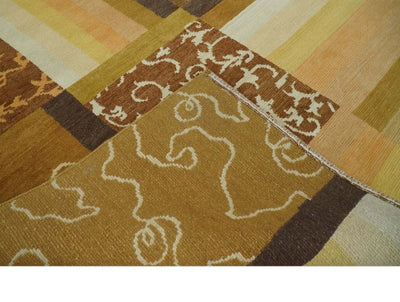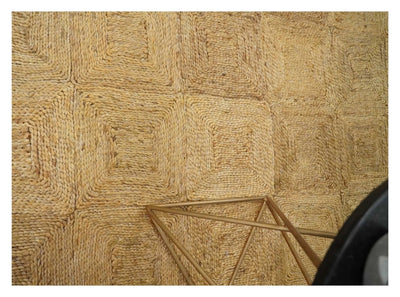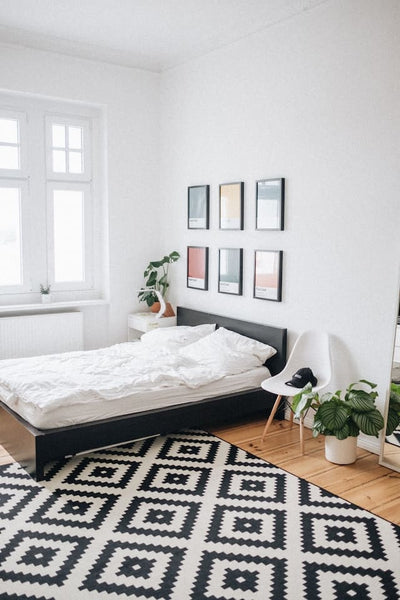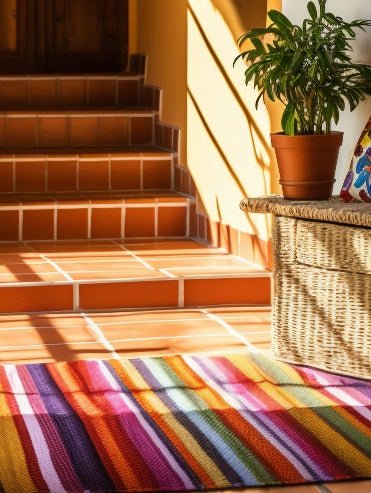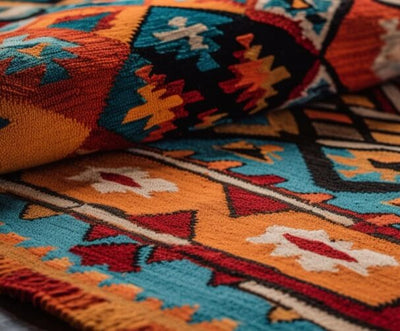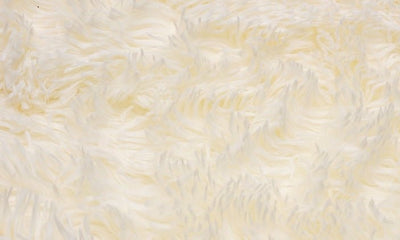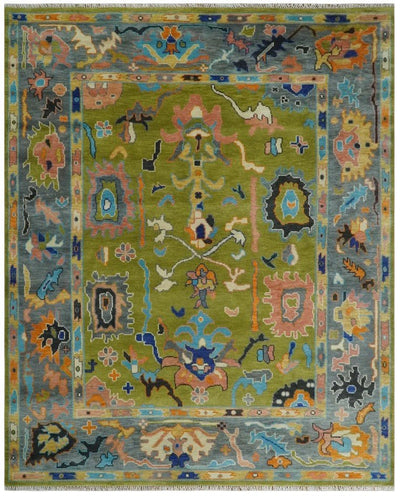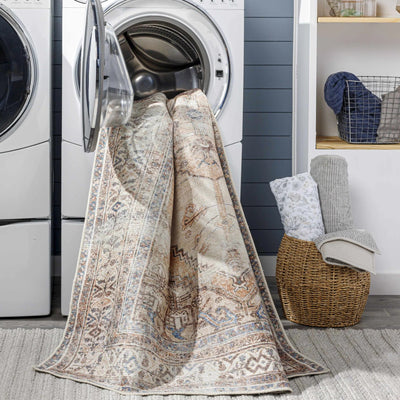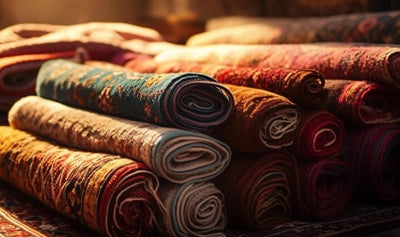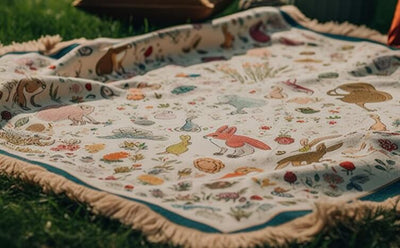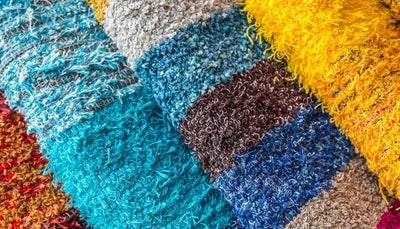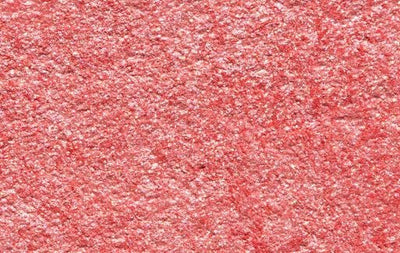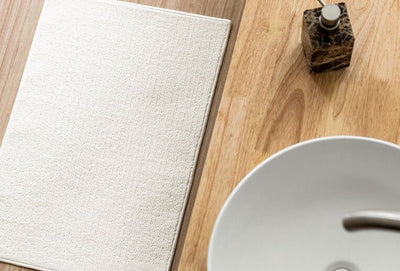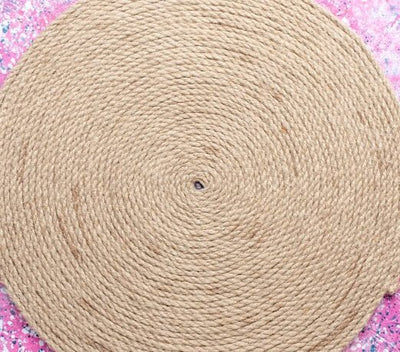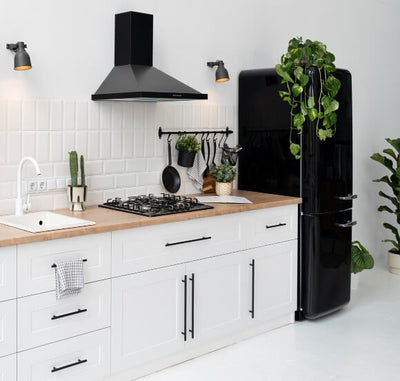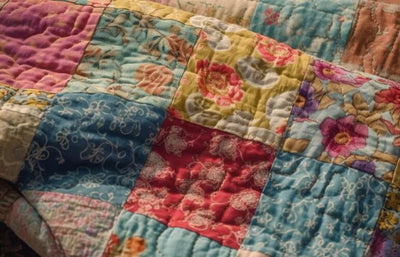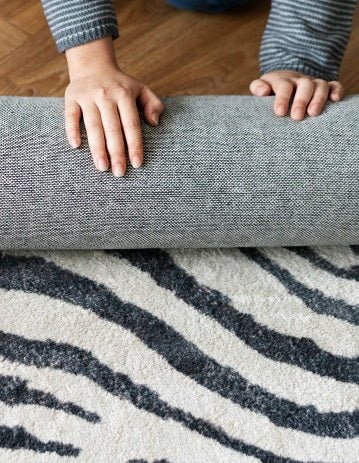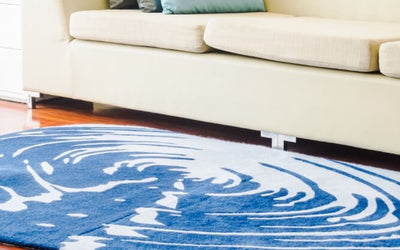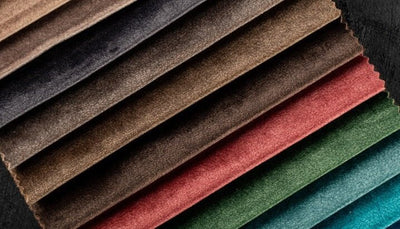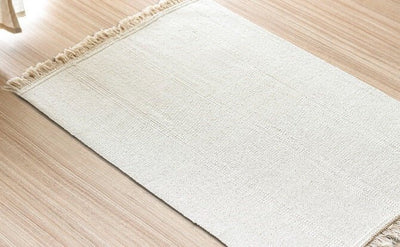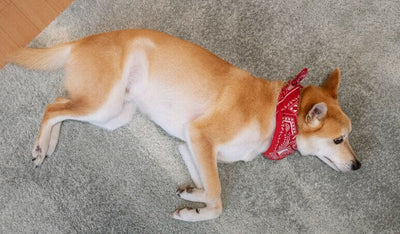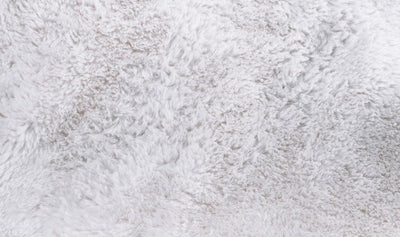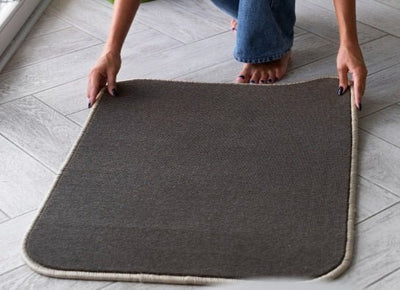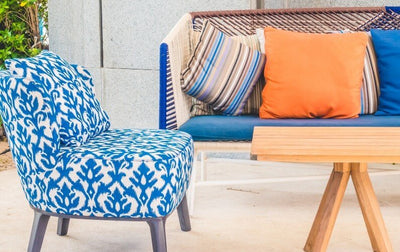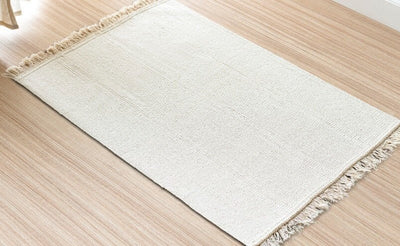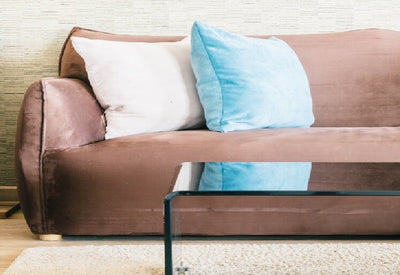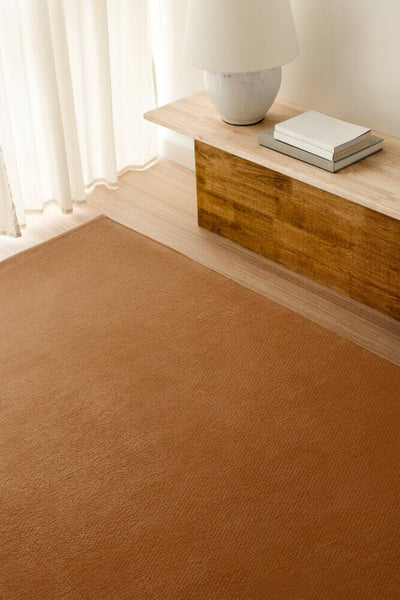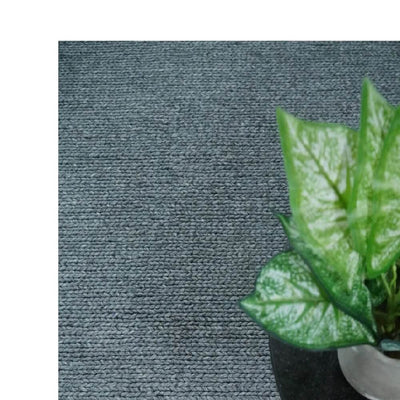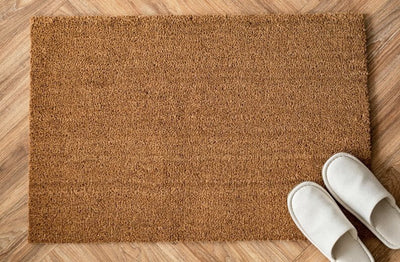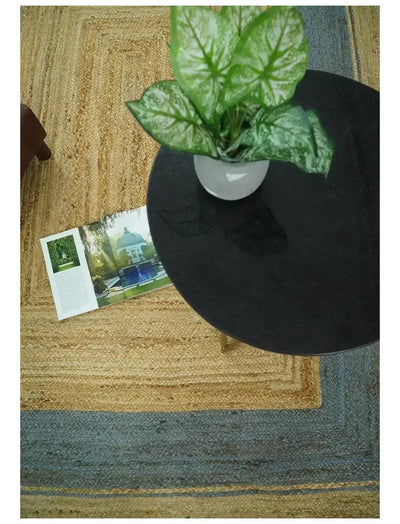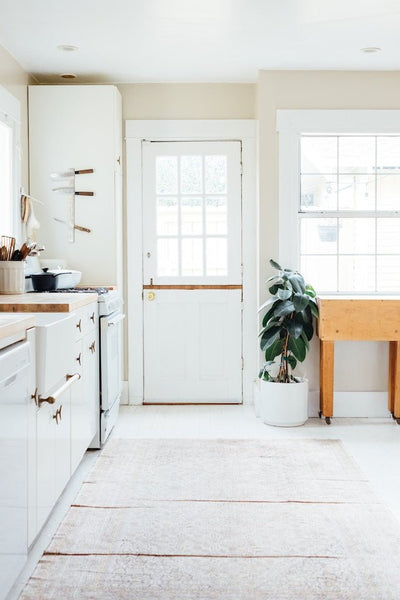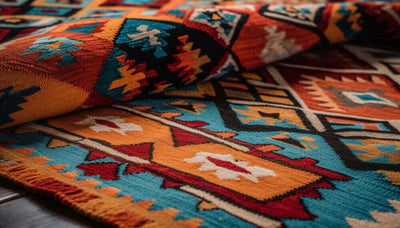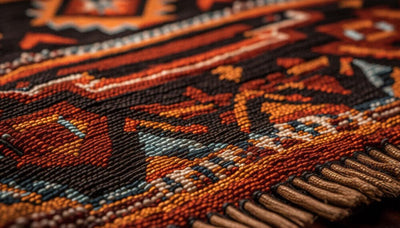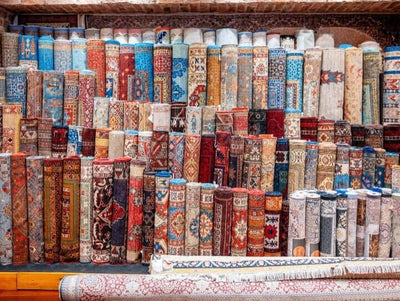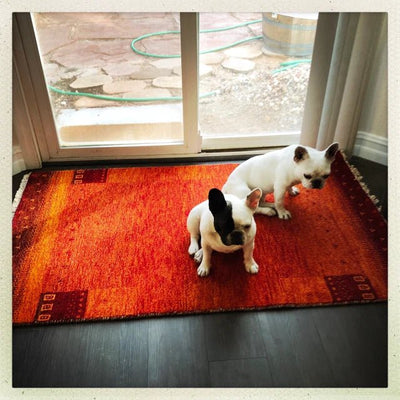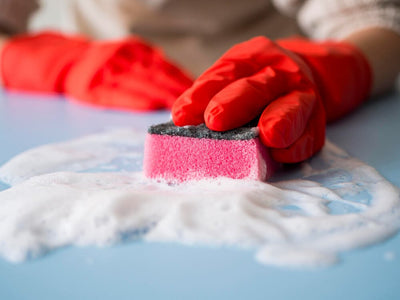Why are rugs so expensive- Know What determines cost of rugs
Rugs have long been revered as exquisite pieces of art, adorning floors with their vibrant colors, intricate designs, and luxurious textures. However, the price tags attached to these often leave people wondering why are rugs so expensive? The answer to this question lies in a combination of factors that contribute to the value and craftsmanship of these remarkable décor items.
In this post, let us explore the various elements that determine the cost of rugs. From the meticulous hand-knotting techniques to the premium materials used, every aspect plays a crucial role in shaping the price of a rug. Understanding these factors will not only provide insights into the rug-making process but also help you make informed decisions when purchasing a rug for your home.
One of the primary reasons behind the high price of rugs is the intricate craftsmanship involved in their creation. Skilled artisans spend countless hours meticulously hand-knotting each individual thread, resulting in a labor-intensive process that demands exceptional skill and precision.The materials used in rug production also influence their cost. Fine rugs often incorporate premium materials such as silk or high-quality wool, which enhance their beauty, durability, and texture.
Additionally, factors like the rug's origin, design complexity, and uniqueness contribute to its price too. Rugs from renowned rug-making regions, such as Persia, Turkey, or Tibet, often command higher prices due to their historical significance and reputation for superior craftsmanship.
So, now that you already have an idea about why are rugs so expensive, let’s discuss the factors in further details in the following sections.
Factors which determine the cost of rugs
Learn about the factors that affect rug prices before you can estimate the typical cost of rugs. These factors include the rug's composition, dimensions, and even weaving methods. Upon having a thorough understanding of these factors, you can understand why are rugs so expensive?
Materials used to make rugs
A rug's cost is considerably based on the materials used in its manufacturing. Different materials have an impact on the rug's longevity, maintenance needs, and overall value in addition to how it looks and feels. Here, we can look at how the selection of materials affects the price of carpets.
Wool
One of the most popular materials for rugs is wool, which is popular for its strength, softness, and built-in stain resistance. A high-quality wool rug from The Rug Decor will be durable, and have the capacity to endure high foot-traffic. The price of wool rugs usually vary based on the manufacturing process, carpet pile height, quality and texture of the fiber, and more.
Buy Now - Hand knotted rust and ivory wool area rug
Silk
Rugs made of silk are some of the most elegant and luxurious. The usage of top-quality silk gives silk rugs from The Rug Decor a silky and smooth texture. Moreover, they have incredibly beautiful and elaborate designs, along with a shiny finish.
Due to the labor-intensive technique required in their creation, silk carpets are often more expensive than the woollen ones. Silk is a delicate fabric that needs to be hand-knotted by expert artisans, which is the primary reasons why silk rugs are no less than artworks. Silk is rare and only sometimes available, which adds to its increased price.
Cotton
Cotton is one of the most common construction materials for rugs. It offers a solid and stable base that keeps the rug’s weaves intact for a longer time, and makes them more durable too. Cotton costs less than wool or silk. Moreover, its usage as the pile material can reduce the cost of a rug altogether. Cotton rugs are frequently more cost-effective and provide a variety of design and color options.
Synthetic Fibers
Synthetic fibers like nylon, polypropylene, or polyester are typically used as alternatives for natural construction materials for rugs. These synthetic materials have a number of benefits, including being inexpensive, stain-resistant, and easy to maintain. Compared to rugs created from natural fibers, synthetic fiber rugs are usually more affordable. However, they may not be as soft and long-lasting as wool or silk rugs.
Natural Fibers
Natural fibers, such as jute, sisal, bamboo, or seagrass, are utilized in rugs in addition to wool and silk. These materials are frequently used to make sustainable or eco-friendly rugs. The cost of natural fiber carpets such as jute rugs or bamboo rugs may vary based on the materials' availability, sourcing, and processing. These rugs frequently have a distinctive texture and give any room unique and positive appeal.
Shop Now - Hand Woven Natural Fiber Jute Rug
It's vital to remember that the grade and quality of the materials used can affect how much rugs cost. For example, materials of higher grade that come from certain places or have special qualities may cost more. The method used to color the fibers can also have an impact on price, as natural or vegetable dyes are frequently more expensive than synthetic dyes.
Construction method of rugs
The construction method used in the making of a rug has a significant impact on its cost. Different techniques employed by skilled artisans contribute to the intricacy, durability, and overall value of the rug. From this section, you can understand how the construction method influences the cost of rugs.
Hand-Knotted Rugs
Hand-knotted rugs are renowned for their exceptional craftsmanship and quality. Artisans individually tie each knot by hand, creating a dense and intricate pile. This labor-intensive process requires time, skill, and attention to detail. The number of knots per square inch, commonly referred to as the knot count, is an important determinant of the rug's value.
Higher knot counts indicate a greater level of craftsmanship and complexity, resulting in a higher cost. Hand-knotted rugs are often seen as investments due to their durability and the expertise involved in their creation.
Hand-Tufted Rugs
Hand-tufted rugs are created by punching strands of yarn through a pre-stretched canvas base using a tufting gun. A layer of latex is then applied to secure the yarn in place. While hand-tufted rugs are similar to hand-knotted rugs in terms of looks, they are generally more affordable. The process of hand-tufting is less time-consuming compared to hand-knotting, allowing for faster production. However, the durability and lifespan of hand-tufted rugs may not match that of hand-knotted rugs.
Machine-Made Rugs
Machine-made rugs are produced on power looms using automated techniques. These rugs are woven by machines that replicate patterns and designs based on programmed instructions. Machine-made rugs offer consistency in terms of design, and their production is efficient and less labor-intensive. Therefore, these rugs are more affordable compared to handmade varieties. Machine-made rugs are often demanded for their affordability, especially when covering large areas or when a specific design is required.
Flatweave Rugs
Flatweave rugs, such as kilims and dhurries, are woven on a loom using a special technique. These rugs have no pile and are characterized by their intricate patterns and reversible designs. Flatweave rugs are typically more affordable due to the simplicity of their construction method. While they may lack the plushness of piled rugs, they are known for their durability and versatility.
Hooked and Braided Rugs
Hooked rugs are created by pulling loops of yarn or fabric through a base material, resulting in a textured pile. Braided rugs, on the other hand, are made by intertwining strips of fabric or yarn together in a braided pattern. These handmade rugs often offer a rustic aesthetic and are generally more affordable compared to intricately woven or hand-knotted rugs.
It's important to note that the construction method of a rug affects not only its cost but also its durability, texture, and appearance. Handmade rugs, especially hand-knotted ones, are often considered to be of higher quality and have a longer lifespan. The intricate craftsmanship involved in their creation adds value to the rug. However, machine-made and flatweave rugs can provide more budget-friendly options without compromising on style.
Style and designs to make rugs
The style and designs of rugs play a significant role if you are wondering: why are rugs so expensive? The intricacy, uniqueness, and artistic value of the patterns and motifs incorporated into a rug contribute to its overall appeal and market value. Here is a detailed insight for your reference:
Traditional and Antique Designs
Rugs featuring traditional or antique designs are often more popular and expensive too. These designs often reflect cultural or historical significance, signifying the heritage and craftsmanship of a particular region or era. Traditional motifs like floral patterns, medallions, or detailed borders require skilled artisans to skillfully handcraft them. The level of precision involved in replicating or creating traditional designs contributes to the higher cost of these rugs.
Designer and Custom Rugs
Designer rugs, created by renowned artists or designers, are often priced higher due to their exclusivity and artistic value. These rugs are typically limited editions or one-of-a-kind pieces, featuring unique designs and exceptional skill. Custom rugs are made according to client specifications, are considered premium and come at a higher price. The ability to customize size, colors, and patterns to fit individual preferences adds to their value.
Rare and Limited-edition Rugs
Rugs that are rare or part of a limited edition tend to have higher price tags. These rugs may feature rare materials, incorporate intricate techniques, or possess historical significance. Limited availability adds to their appeal and uniqueness. Rug enthusiasts are often willing to pay a premium price for these unique pieces.
Hand-Embroidered and Embellished Rugs
Some rugs feature additional elements like hand embroidery, embellishments, or textured materials such as beads or sequins. These decorative accents require additional effort and time, resulting in a higher price. Hand-embroidered rugs, for example, showcase exquisite needlework and intricate detailing that elevates their aesthetic value and cost.
It's important to note that while style and designs can significantly impact the cost of rugs, personal preferences and trends also play a vital role. Certain designs may be in higher demand at a given time, affecting their market value. Additionally, the reputation and brand recognition of a rug manufacturer or designer can influence pricing.
Contemporary and Modern Designs
Contemporary and modern rugs embrace innovative and abstract designs, often incorporating bold colors, geometric shapes, and minimalist patterns. These rugs appeal to those seeking a more avant-garde or eclectic aesthetic. Contemporary designs can be produced using both hand-knotted and machine-made techniques. The cost of contemporary rugs can vary depending on factors such as the reputation of the brand, the complexity of the design, and the materials used.
Tips to consider when buying rug
Buying a rug is a very exciting idea because they are absolute game changers if you are planning to transform the look of your home. When you buy the perfect rugs, they add personality and warmth to a space resulting in the improvement of the overall energy too. However, with the diverse range of options available on The Rug Decor website, you may feel confused.
Therefore, we are creating a list of tips that you can refer to be able to choose the perfect rug for your home:
Think of the purpose first
The first question that should consider while buying a rug is ‘why’ and what purpose is it going to serve. You may want a decorative accent to improvise the look of your living space, or any other high-traffic area, or it will make your otherwise large space look more cohesive. Identifying the purpose will help you narrow down your options and choose the right material, size, and construction.
Check the size
Measure the area where you intend to place the rug to determine the appropriate size. Consider the furniture layout and leave enough space around the edges for a balanced and proportionate look. A rug that is too small can make the room feel disjointed, while one that is too large can overwhelm the space.
Consider the material
Rugs come in a variety of materials, each with its own unique characteristics. Wool is a popular choice due to its durability, softness, and natural stain resistance. Silk rugs offer a luxurious feel and intricate designs but require more care. Synthetic materials like nylon or polypropylene are affordable and easy to clean, making them suitable for high-traffic areas.
Right construction and weaving
Hand-knotted rugs are known for their exceptional craftsmanship and longevity. They are made by tying individual knots to the foundation, resulting in a dense and durable pile. Hand-tufted rugs are created by punching yarn through a canvas and are generally more affordable. Machine-made rugs offer affordability and consistency in design.
Compatible style and design
Choose a rug that complements your existing décor and enhances the overall aesthetic of the room. Traditional designs, contemporary patterns, or even bold geometric motifs can add character and visual interest to your space.
Texture and quality
If possible, feel the rug before making a purchase. Run your hands over the surface to assess the texture and pile thickness. Look closely at the craftsmanship, ensuring that the edges are well-finished and the rug is free from defects.
Consider the budget
Determine your budget before embarking on the rug-buying process. Rugs vary greatly in price, so having a predetermined budget will help you narrow down your options and prevent overspending.
Care and maintenance
Consider the maintenance and care requirements of the rug. Some rugs may need professional cleaning, while others can be easily cleaned at home. Understand the cleaning instructions to ensure that the rug can be properly cared for in the long run.
Check reviews
Research online and read customer reviews to gather insights into the rug's quality, durability, and customer satisfaction. If you're unsure, seek advice from rug experts who can guide you based on your specific requirements.
FAQ
Why are Persian rugs so expensive?
Persian rugs are expensive due to several factors such as the intricate hand-knotted craftsmanship, premium materials like silk or wool, and the labor-intensive process involved in their creation, resulting in a unique piece of art that carries cultural and historical significance.
Which rugs are most expensive?
The most expensive rugs encompass a range of styles and origins, including Persian rugs like Tabriz or Isfahan, antique Oriental rugs, and certain contemporary designer rugs known for their exceptional craftsmanship and rare materials.
What are high quality rugs?
High-quality rugs exhibit superior characteristics such as fine materials, meticulous weaving techniques, vibrant colors, intricate designs, and excellent durability. They often come from renowned rug-making regions like Persia, Turkey, or Tibet and are valued for their longevity, aesthetic appeal, and investment potential.
